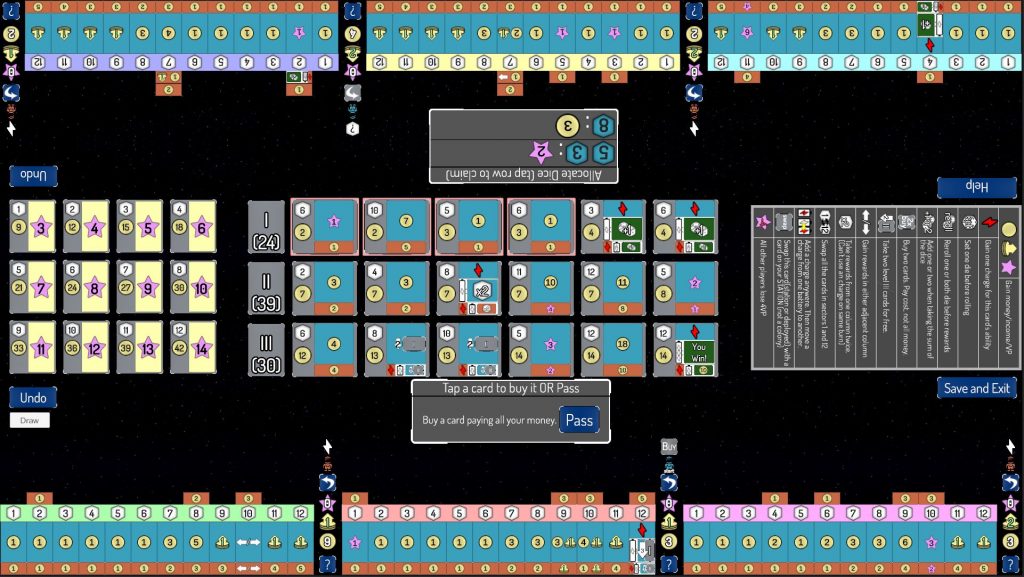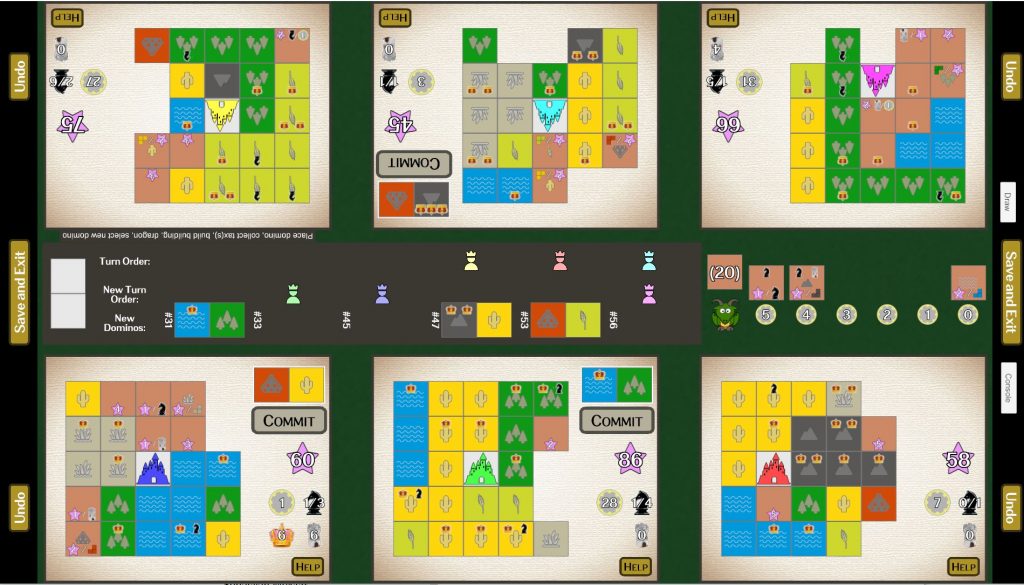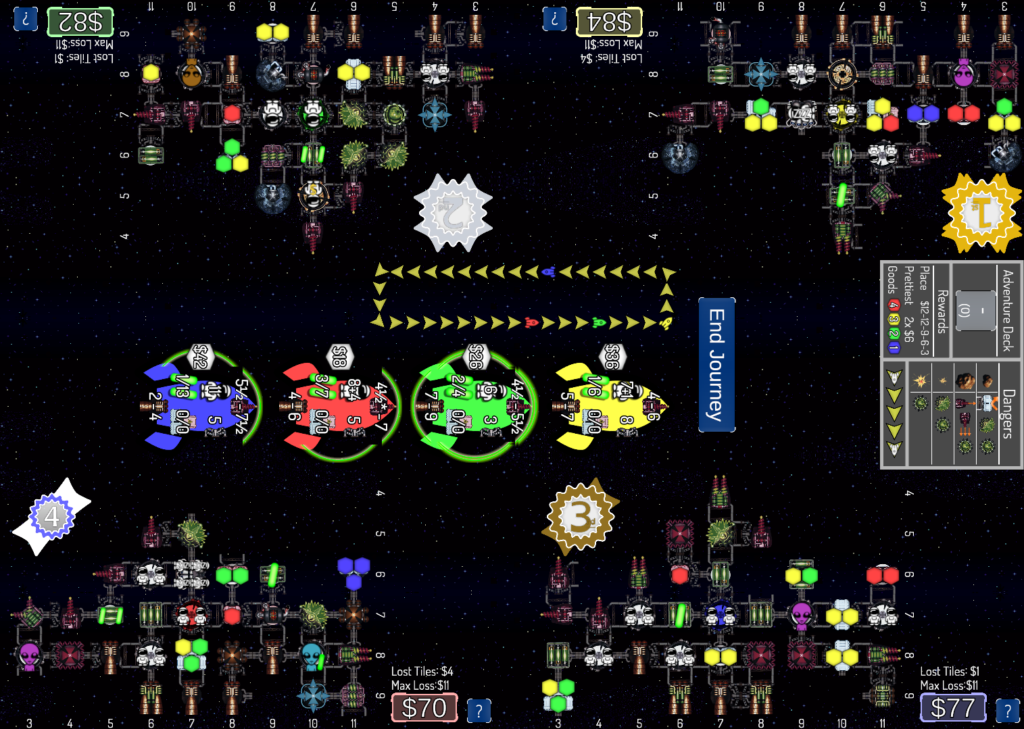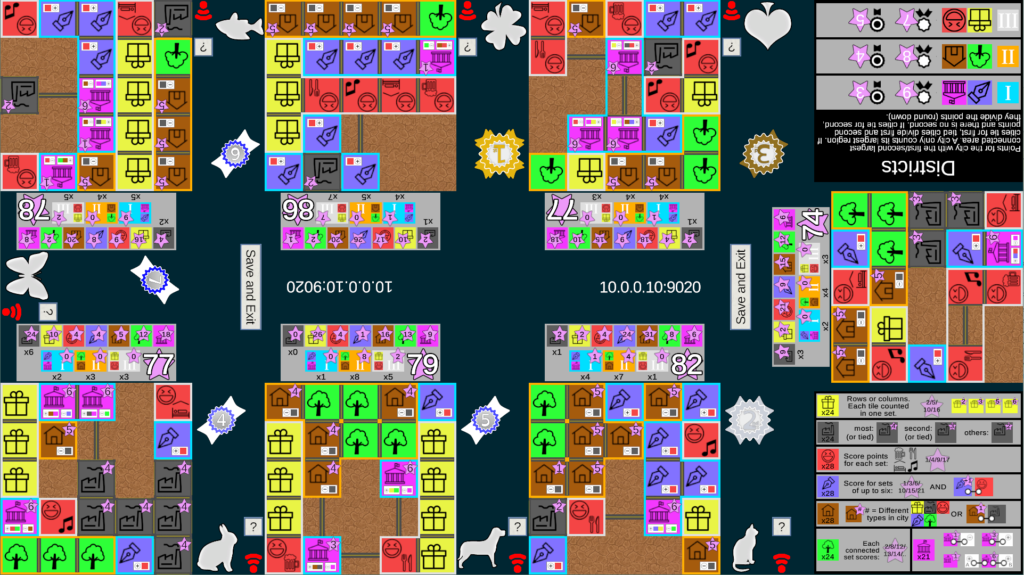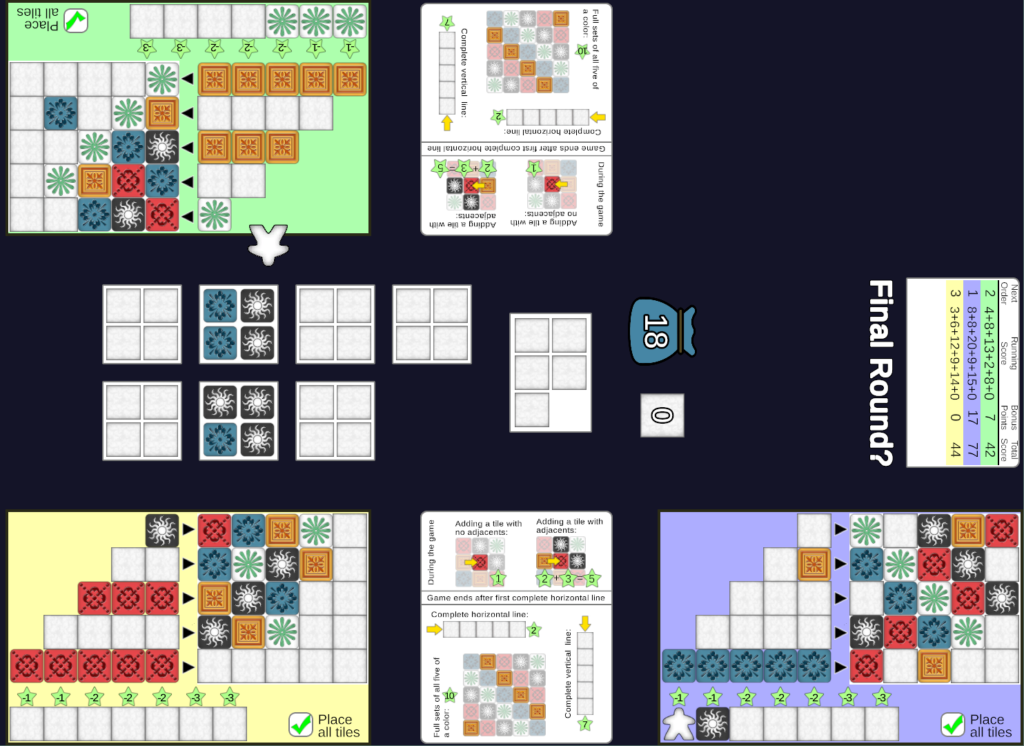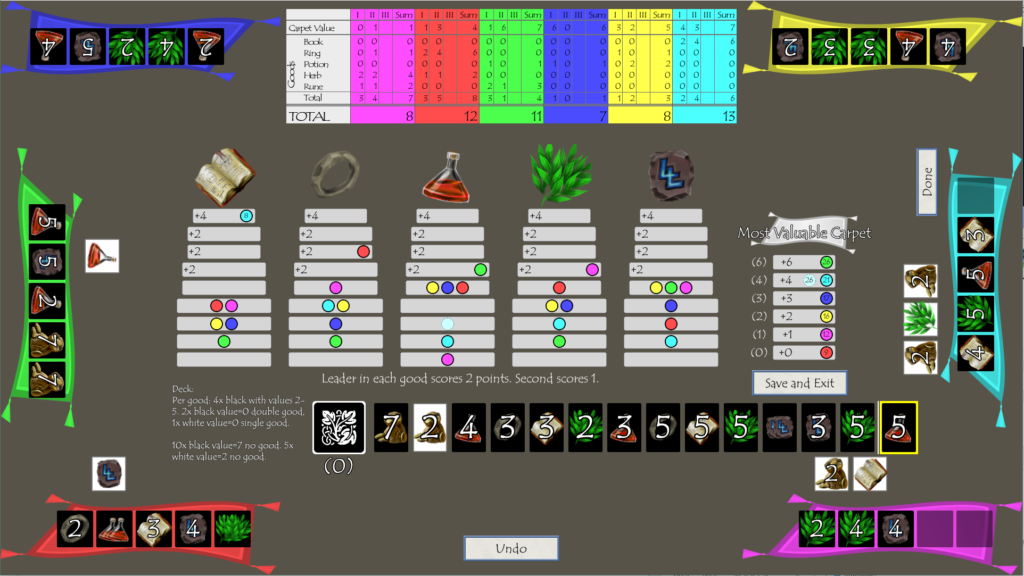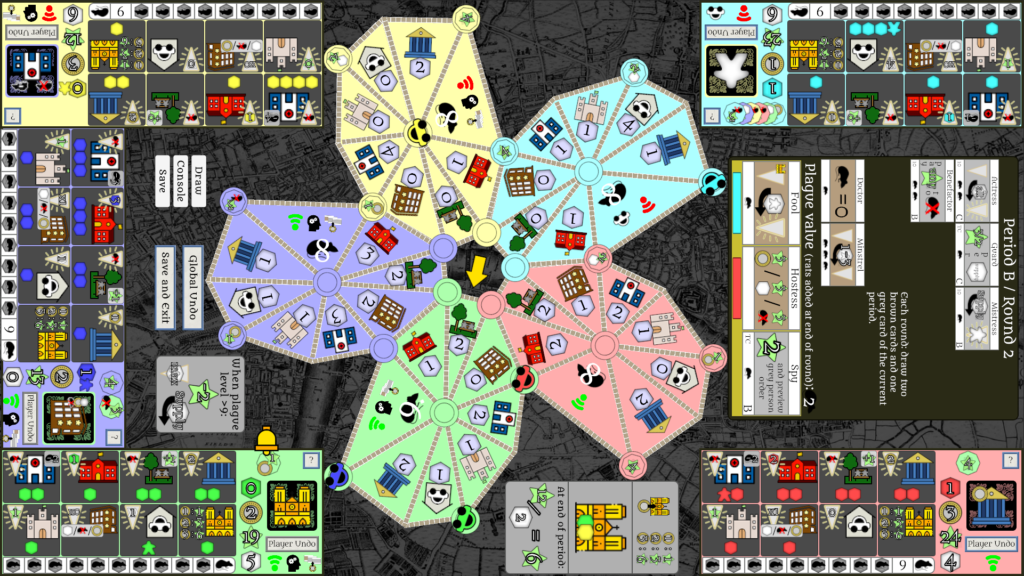Wing Commander came out in 1990 and, along with Doom, was one of the first great PC action games. The game required a 12 MHz CPU, 640 KB RAM and supported 256 color VGA graphics at 640×480. I played it on a 386 25 Mhz. It’s been a long time and I’m no longer sure about this, but I believe that I bought a sound card and joystick mostly for this game and Wing Commander II.
During the latest GOG sale, I re-purchased the whole series of games for $14. The game will still play on a modern computer mostly thanks to DOSBox which is software that emulates an old PC running DOS. Playing games in DOS was not quite as simple as gaming today and I remember struggling with the MS-DOS extended memory manager (EMM386.SYS) so that the game could use all of my 2 MB of memory. DOSBox and GOG hides all of that and the game runs with minimal effort.
Playing Wing Commander on my modern computer (i5-8600K, 16GB, Windows 10, 4K display) is a reminder of how much computers have improved in the last 27 years. Here is the game running in a 640×480 window on my desktop:
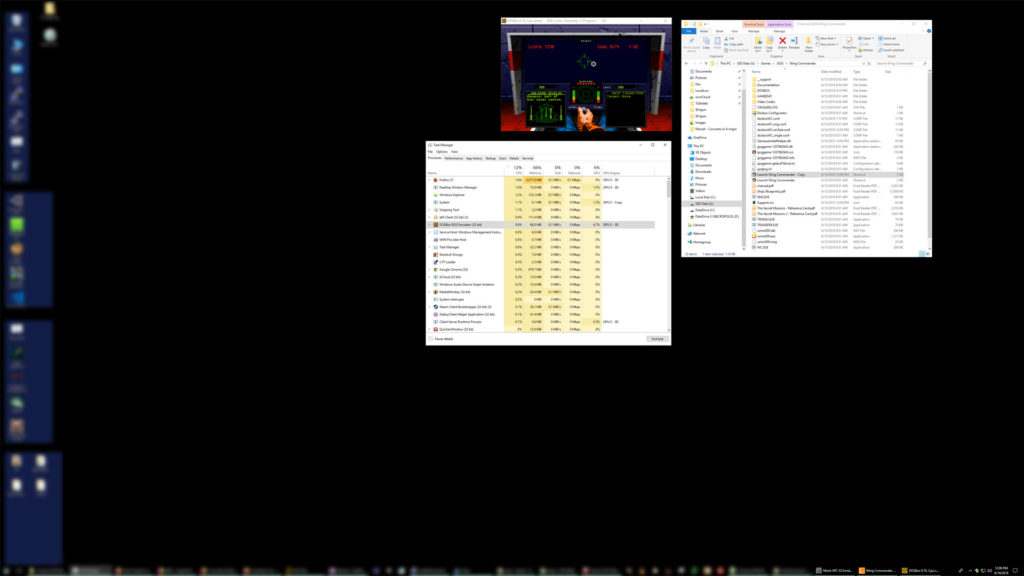 It is a little hard to see, but the game, running in a emulator, is taking 0.9% of my CPU and 0.4% of my memory. 640×480 is 4% of my 4K screen. In most ways, computers today are 100-1000x better than computers in 1990, so this shouldn’t really be a surprise.
It is a little hard to see, but the game, running in a emulator, is taking 0.9% of my CPU and 0.4% of my memory. 640×480 is 4% of my 4K screen. In most ways, computers today are 100-1000x better than computers in 1990, so this shouldn’t really be a surprise.
One thing that I’ve really enjoyed about playing Wing Commander again is using the Roland MT-32 sound. The earliest PCs just had a PC speaker which could play a single (square wave) tone at a time. My first computer was a Tandy, and one of its big advantages was that it had a three tone speaker. A few years later, you could buy dedicated sound cards from Adlib or Soundblaster. These had multiple channels and could play 8 bit (square wave is on/off, 8 bit allowed 256 levels) sound. The Roland MT-32 was the holy grail of sound quality at the time (and at $550 it was much to expensive for me to justify). It is a MIDI playback device and had built in high quality samples of instruments that the software could play. So for the game, it was kind of like providing sheet music to the Roland.
Today there is an emulator for the Roland MT-32 called Munt which supports DOSBox. Here is a video comparing the sound quality of Wing Commander II with the Roland and a high end Sound Blaster card.
